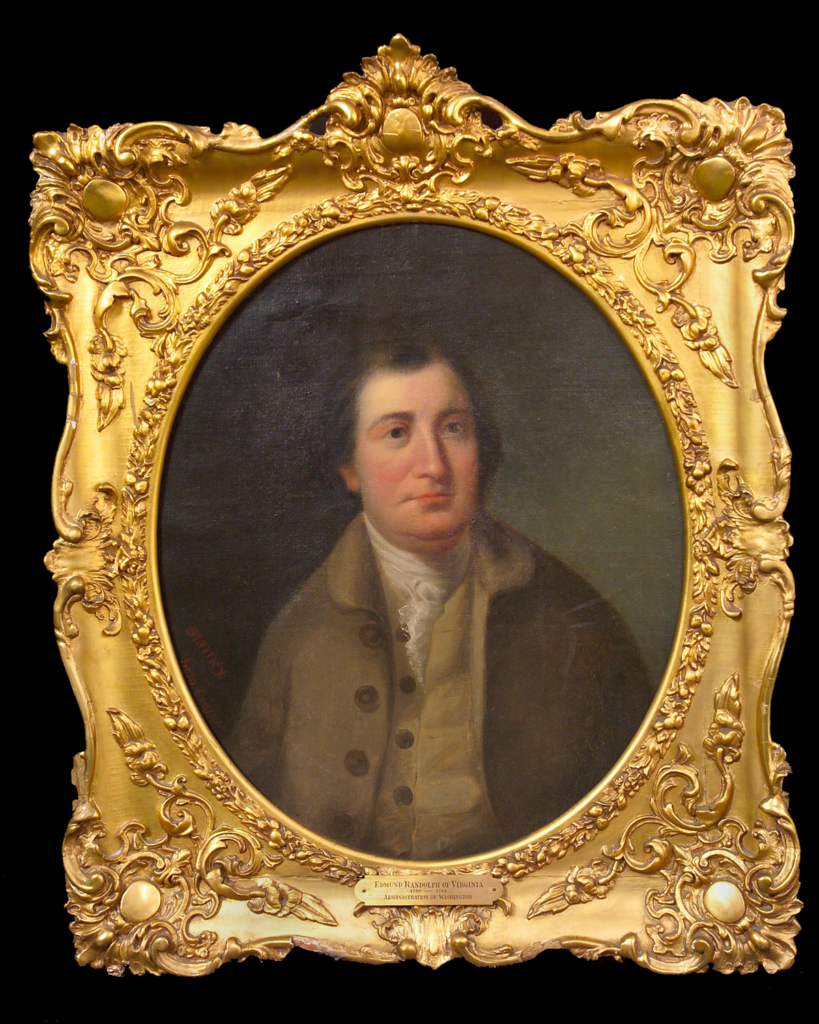MISSION STATEMENT
To enforce the law and defend the interests of the United States according to the law; to ensure public safety against threats foreign and domestic; to provide federal leadership in preventing and controlling crime; to seek just punishment for those guilty of unlawful behavior; and to ensure fair and impartial administration of justice for all Americans.
ABOUT THE DEPARTMENT
The Office of the Attorney General was created by the Judiciary Act of 1789 (ch. 20, sec. 35, 1 Stat. 73, 92-93), as a one-person part-time position. The Act specified that the Attorney General was to be “learned in the law,” with the duty “to prosecute and conduct all suits in the Supreme Court in which the United States shall be concerned, and to give his advice and opinion upon questions of law when required by the President of the United States, or when requested by the heads of any of the departments, touching any matters that may concern their departments.”
However, the workload quickly became too much for one person, necessitating the hiring of several assistants for the Attorney General. As the work steadily increased along with the size of the new nation, private attorneys were retained to work on cases.
By 1870, after the end of the Civil War, the increase in the amount of litigation involving the United States had required the very expensive retention of a large number of private attorneys to handle the workload. A concerned Congress passed the Act to Establish the Department of Justice (ch. 150, 16 Stat. 162), creating “an executive department of the government of the United States” with the Attorney General as its head.
Officially coming into existence on July 1, 1870, the Department of Justice was empowered to handle all criminal prosecutions and civil suits in which the United States had an interest. To assist the Attorney General, the 1870 Act also created the Office of the Solicitor General, who represents the interests of the United States before the U.S. Supreme Court.
The 1870 Act remains the foundation for the Department’s authority, but the structure of the Department of Justice has changed over the years, with the addition of the offices of Deputy Attorney General, Associate Attorney General, and the formation of various components, offices, boards and divisions. From its beginning as a one-man, part-time position, the Department of Justice has evolved into the world’s largest law office and the chief enforcer of federal laws.
Thomas Jefferson wrote, “The most sacred of the duties of government [is] to do equal and impartial justice to all its citizens.” This sacred duty remains the guiding principle for the women and men of the U.S. Department of Justice.
OFFICE OF THE ATTORNEY GENERAL
The position of Attorney General was created by the Judiciary Act of 1789. In June 1870 Congress enacted a law entitled “An Act to Establish the Department of Justice.” This Act established the Attorney General as head of the Department of Justice and gave the Attorney General direction and control of U.S. Attorneys and all other counsel employed on behalf of the United States. The Act also vested in the Attorney General supervisory power over the accounts of U.S. Attorneys and U.S. Marshals.

The mission of the Office of the Attorney General is to supervise and direct the administration and operation of the Department of Justice, including the Federal Bureau of Investigation, Drug Enforcement Administration, Bureau of Alcohol, Tobacco, Firearms and Explosives, Bureau of Prisons, Office of Justice Programs, and the U.S. Attorneys and U.S. Marshals Service, which are all within the Department of Justice.
The principal duties of the Attorney General are to:
- Represent the United States in legal matters.
- Supervise and direct the administration and operation of the offices, boards, divisions, and bureaus that comprise the Department.
- Furnish advice and opinions, formal and informal, on legal matters to the President and the Cabinet and to the heads of the executive departments and agencies of the government, as provided by law.
- Make recommendations to the President concerning appointments to federal judicial positions and to positions within the Department, including U.S. Attorneys and U.S. Marshals.
- Represent or supervise the representation of the United States Government in the Supreme Court of the United States and all other courts, foreign and domestic, in which the United States is a party or has an interest as may be deemed appropriate.
- Perform or supervise the performance of other duties required by statute or Executive Order.
SOURCE: https://www.justice.gov/
